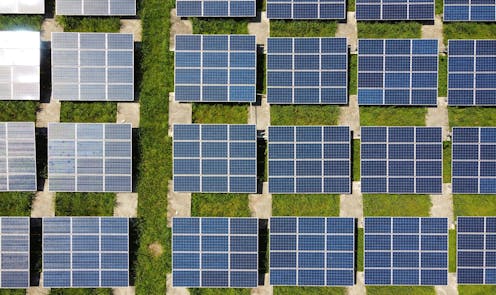Ross Garnaut thinks Australia can become a low-carbon superpower; Clive Hamilton is not convinced
- Written by Clive Hamilton, Professor of Public Ethics, Centre for Public and Contextual Theology, Charles Sturt University

Ross Garnaut is a big beast in the Australian climate policy world, and a Labor favourite since his days as economic adviser to Bob Hawke. His 2008 Climate Change Review[1] shifted the dial on policy, encouraging the Rudd and Gillard governments to pursue carbon pricing laws. He fell out of favour when the Coalition, led by Tony Abbott and dominated by climate science deniers, defeated the Labor government in 2013 on the back of a carbon price scare campaign.
Now he is back with a follow-up to Superpower: Australia’s Low-Carbon Opportunity[2] (2019), an optimistic vision to turn Australia into “a global superpower in energy, low-carbon industry and absorption of carbon in the landscape”.
The Superpower Transformation[3] is promoted as a “practical plan” to put the vision of Superpower into effect. Garnaut has been joined by six experts, who cover various elements of the plan to slash Australia’s emissions to zero and build a new energy economy that will also materially aid the rest of the world.
Review: The Superpower Transformation – edited by Ross Garnaut (La Trobe University Press).
Australia, Garnaut argues, is blessed with a superabundance of the five endowments we and the world need for the zero-carbon energy and industrial revolution now getting underway.
They are:
copious renewable energy resources
expanses of land suitable for carbon storage
the world’s largest supply of energy intensive minerals, which can be turned into zero emissions metals in Australia
a large share of the scarcer minerals needed to make batteries, wind turbines and solar farms
the skills and infrastructure left over from the old resource industries.















